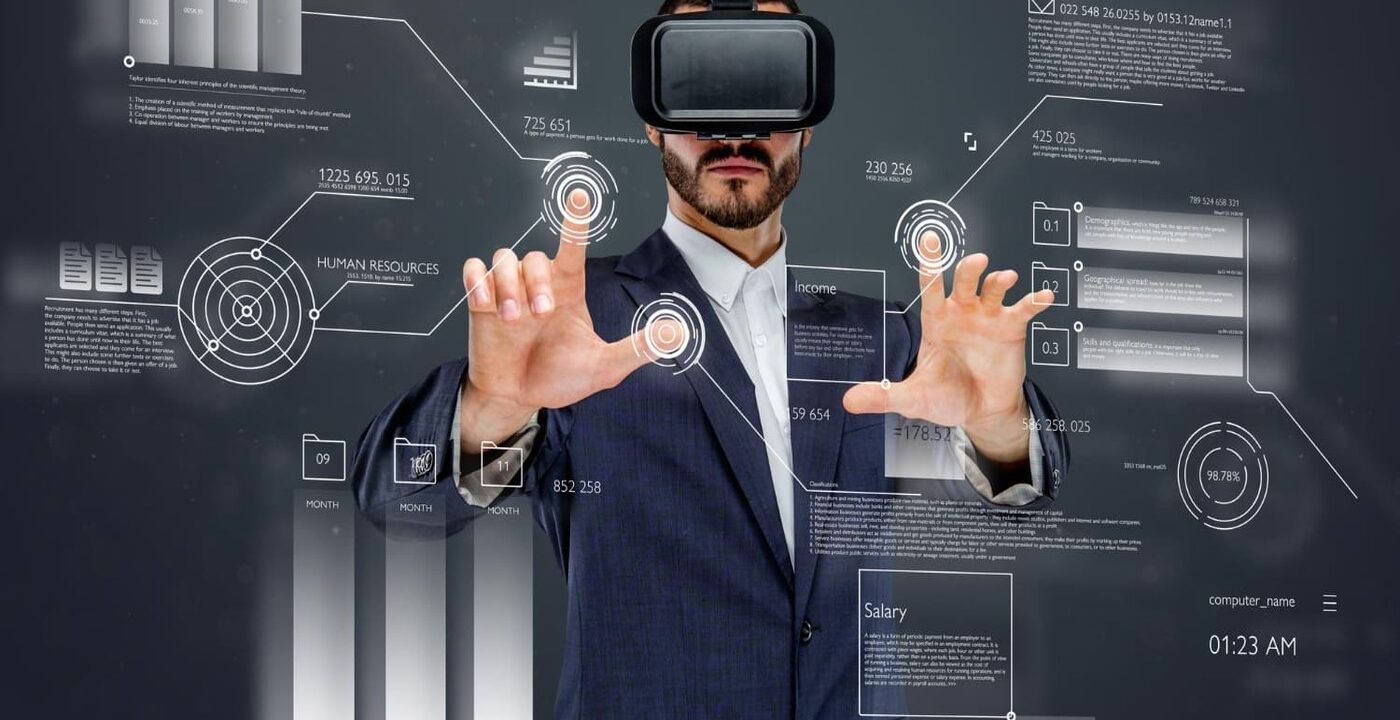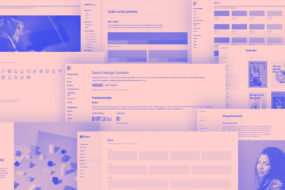
Web design is a dynamic field that constantly evolves to meet the changing needs and expectations of users. As technology advances and design trends shift, the future of web design holds exciting possibilities. In this article, we’ll explore some of the key trends and innovations that are expected to shape the landscape of web design in the next decade.
1. AI-Powered Design
Artificial intelligence (AI) is poised to revolutionize web design by automating repetitive tasks, personalizing user experiences, and predicting user behavior. AI-powered design tools can analyze user data, generate design suggestions, and even create custom layouts tailored to individual preferences.
2. Voice User Interfaces (VUIs)
As voice recognition technology becomes more sophisticated, voice user interfaces (VUIs) are expected to become increasingly common in web design. VUIs enable users to interact with websites and applications using natural language commands, offering a hands-free and intuitive user experience.
3. Augmented Reality (AR) and Virtual Reality (VR)
AR and VR technologies have the potential to transform web design by creating immersive and interactive experiences. In the next decade, we can expect to see more websites and applications incorporating AR and VR elements to engage users in new and exciting ways.
4. Responsive Design 2.0
Responsive design will continue to evolve to accommodate an increasingly diverse range of devices and screen sizes. Responsive Design 2.0 will prioritize performance and user experience across all platforms, including mobile devices, wearables, and IoT devices.
5. Dark Mode and Low-Light Design
Dark mode has gained popularity in recent years for its aesthetic appeal and potential energy savings on OLED screens. In the future, we can expect to see more websites offering dark mode options and incorporating low-light design principles to optimize readability in dimly lit environments.
6. Microinteractions and Animations
Microinteractions and animations will play a more prominent role in web design, providing subtle feedback, enhancing user engagement, and creating delightful user experiences. From hover effects to scroll animations, microinteractions will add polish and personality to websites and applications.
7. 3D Design and Graphics
Advancements in 3D design tools and technologies will enable designers to create more immersive and visually stunning web experiences. From 3D graphics and animations to interactive 3D models, 3D design will push the boundaries of what’s possible in web design.
8. Minimalism and Sustainability
Minimalist design principles will continue to influence web design, emphasizing simplicity, clarity, and sustainability. Minimalist websites load faster, consume fewer resources, and offer a more focused user experience, making them an attractive option for environmentally conscious users.
9. Data Privacy and Security
As concerns about data privacy and security continue to grow, web design will prioritize user privacy and data protection. Designers will need to incorporate privacy-by-design principles, implement robust security measures, and provide transparent privacy policies to build trust with users.
10. Accessibility and Inclusivity
Web design will become more accessible and inclusive, ensuring that websites are usable by everyone, regardless of ability or disability. Designers will need to prioritize accessibility features, such as screen reader compatibility, keyboard navigation, and color contrast, to create truly inclusive web experiences.
Conclusion
The future of web design holds exciting possibilities, from AI-powered design and voice user interfaces to augmented reality and 3D graphics. As technology continues to advance and user expectations evolve, designers will need to stay abreast of emerging trends and innovations to create compelling and user-centric web experiences. By embracing new technologies, prioritizing accessibility and inclusivity, and focusing on sustainability and security, designers can shape the future of web design and create a more connected, immersive, and inclusive digital world.



